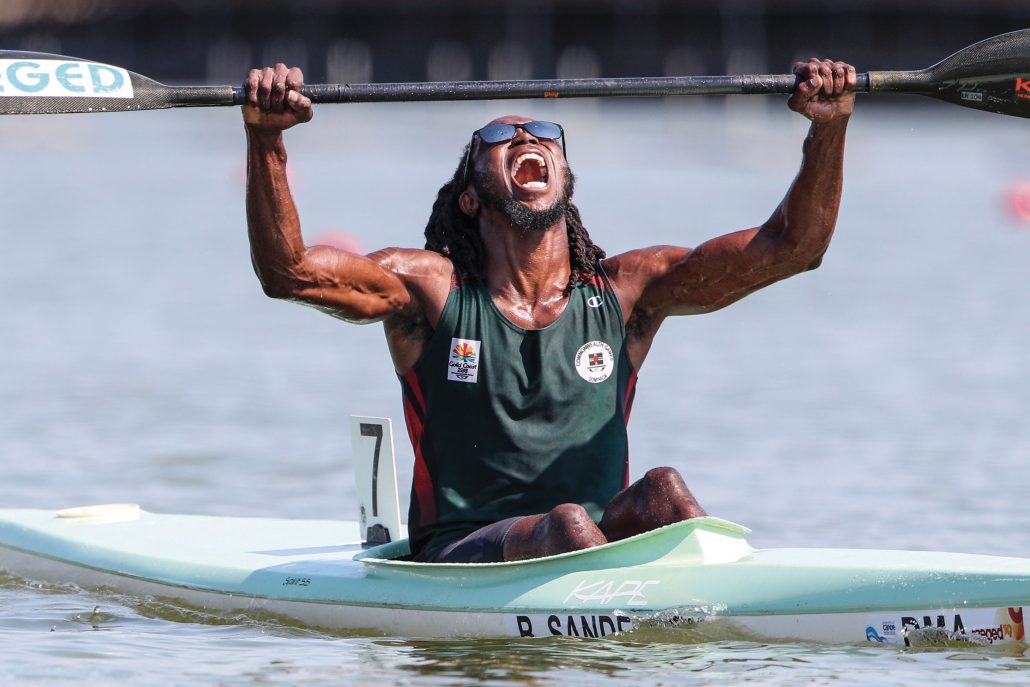For years now, it has been widely agreed that prices need to increase for the industry (and our dealers!) to survive. Those prices are now up, but are they the answer to the initial problem?
The past decade has seen a growing desire to make paddlesports more inclusive and accessible to different communities, especially minority populations. Concentrated efforts have seen increased diversity in the imagery used to portray paddlesports. Bringing that diversity to the water requires actions that support our changing perceptions of what the “typical” paddler looks like and what qualifies as the outdoors. We must all continually ask, “why isn’t my paddling community as diverse as it could be?”
The belief that those interested in the outdoors, and by extension, recreational paddlesports, are largely middle-class and white is a self-fulfilling prophecy. By changing the imagery used to portray paddlesports, the industry is working to normalize Black, Indigenous, and People of Color (BIPOC) participants and combat existing stereotypes. Even as the desire to welcome BIPOC communities to the water change, significant hurdles to participation and a sense of feeling welcome remain, including prohibitive financial costs, fear for personal safety, or a lack of access to gear or paddlesport education.
Helping minority populations feel more welcome in paddlesports requires ongoing dialogue, as no two communities are the same. Partnerships with existing organizations, foundations, and businesses working to close the diversity gap can amplify their efforts and impact. NRS has seen success with this strategy through its LEAD program, started in 2021, which supports existing initiatives with resources from gear to financial grants and education while helping increase their reach and platform on a global scale. The creation of internships and jobs for minorities in retail, education, or design can also help diversify paddlesports from the inside out.
In Europe and the US, facilitating programs that bring paddlesports to underrepresented communities, rather than waiting for them to discover us, remains vital if we genuinely want paddlesports to become more representative of society. The International Canoe Federation already runs paddlesport education and talent identification programs, specifically in Olympic disciplines, to countries and regions where infrastructure does not exist in efforts to drive this change.
“We must all continually ask, “why isn’t my paddling community as diverse as it could be?”
It is a widespread belief that creating a connection with nature contributes to efforts to protect and preserve our wild places. Still, not all have easy access to alpine lakes, the open ocean, or remote river canyons. Embracing initiatives and products that get people on the water in highly populated areas, celebrating urban waterways, and supporting businesses and facilities that rent gear all help make paddlesports more approachable for a wider range of users and incomes. This helps open new markets and welcomes previously excluded populations by sharing the cost burden and the need to travel.
If we expand our definition of paddlesport participation, we might be surprised to discover who we already find on the water. “Across the board, a lot of BIPOC folks paddle, just not in the paddle sports/recreation community,” reminds Paul Robert Wolf Wilson, Klamath Tribal Member and Chief Storyteller for the non-profit Rios to Rivers, which works to inspire river protection worldwide through work with indigenous youth. “My people, we paddle canoes.”
Indigenous populations worldwide have deep roots in paddlesports and ties to the world’s waterways. However, they and their legacy have been largely overlooked or dismissed even as their designs are appropriated for recreation and sport. This omission has undoubtedly been to our detriment. In countries such as Ecuador, efforts to preserve free-flowing rivers and prevent environmental degradation have found indigenous peoples to be powerful allies.
Says Rīos to Rivers curriculum director Ashia Wolf-Wilson, “Tribal persons are linked to the lands they come from. When we talk about going out on our waters, it’s personal, and it’s an intimate relationship. In my eyes, I don’t think of kayaking just as a sport, it’s revitalizing connection and people.”
It is well-proven that spending time in nature has physical and emotional benefits, including decreasing blood pressure and stress hormones and helping with cognitive function and overall well-being. A commonly cited virtue of paddlesports is the sense of community and identity they bring. In New Zealand, a traditional Māori style of outrigger canoeing known as Waka Ama is gaining popularity amongst younger populations. “The sport’s strengths and attraction for many of its participants seem to lie in its inclusiveness, accessibility, a firm grounding in Māori and Pacific culture and its focus on hauora (well-being),” writes Sport New Zealand.
Making paddlesports more accessible to indigenous and ethnic minority populations is crucial for the health and growth of our industry and our environment. It is also vital for our health, well-being, and sense of self. By creating space for other voices and experiences, especially those of color, we help our industry and environment have a future. We also might directly contribute to a better, healthier global society.


